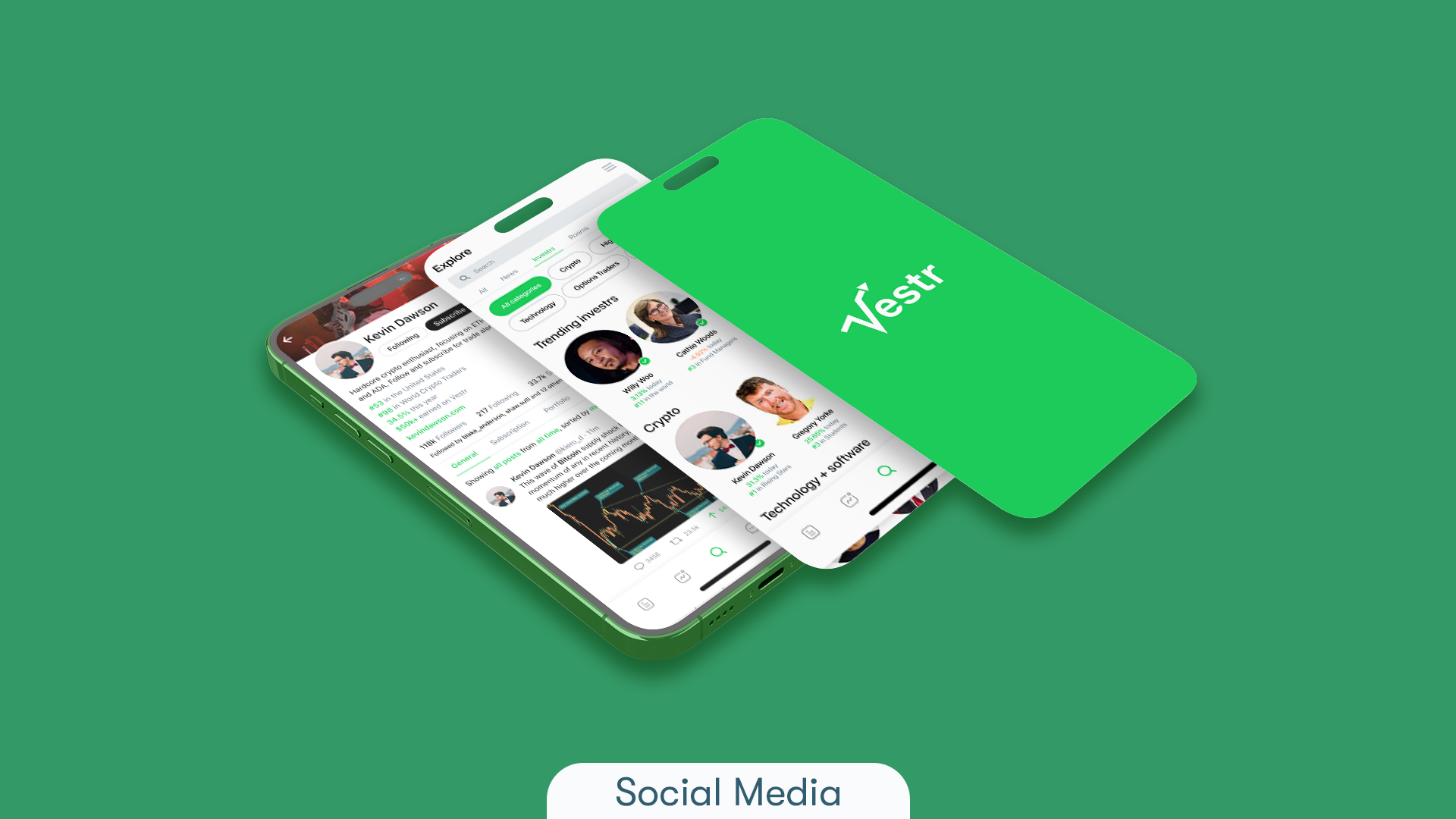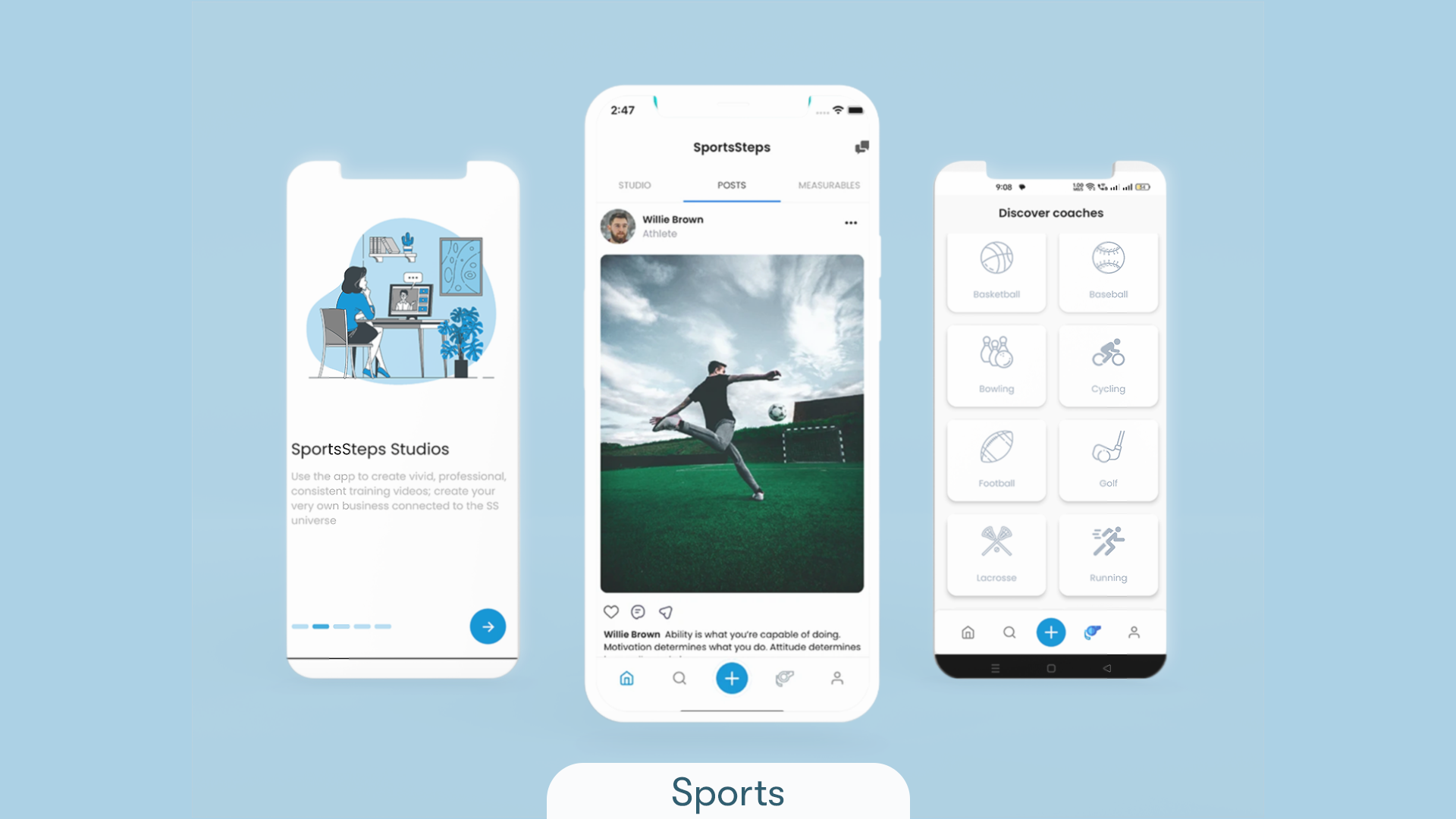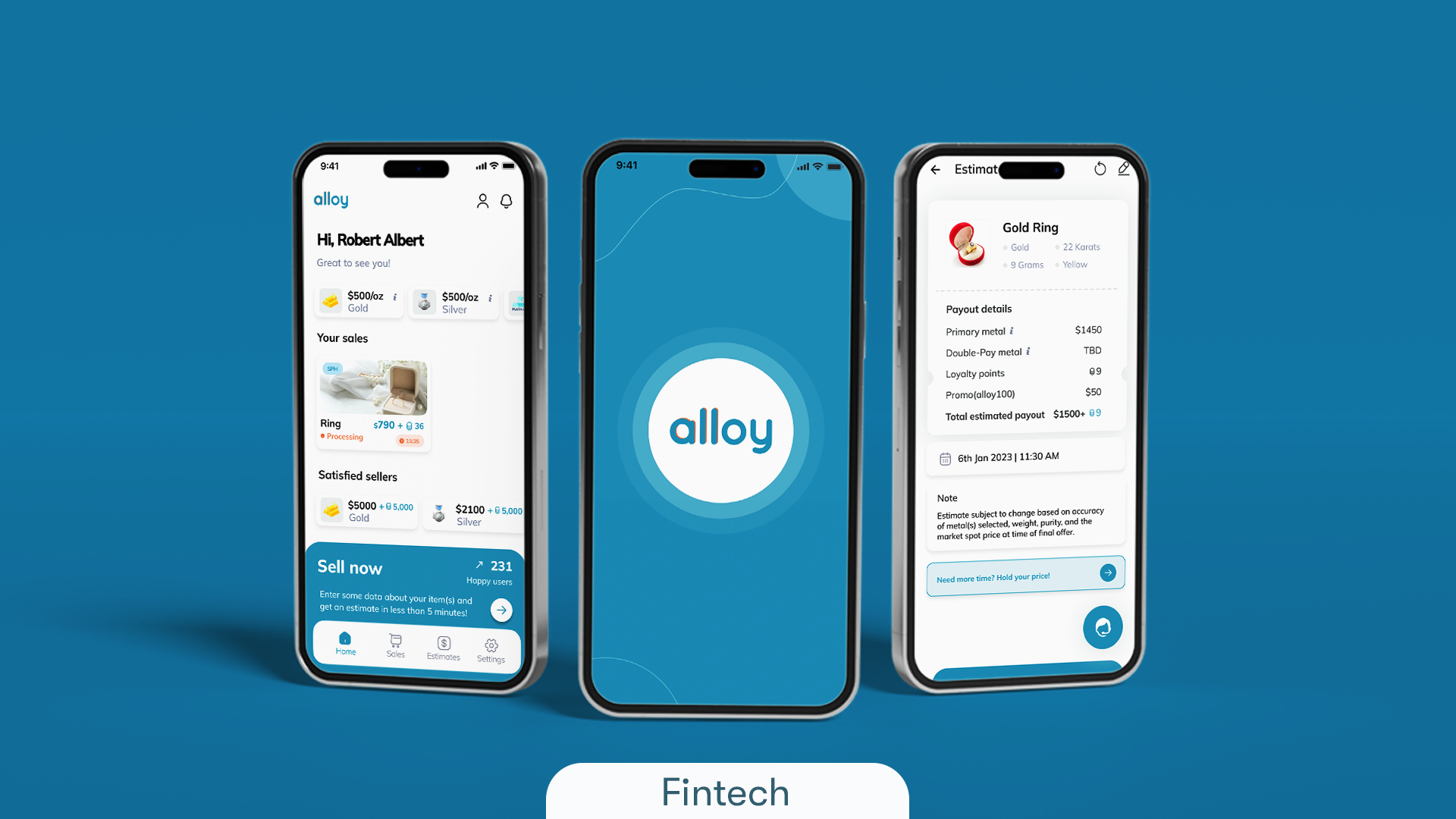August 18th, 2025 at 05:55 am
It’s probably not too small. In fact, your Minimum Viable Product (MVP) is much more likely to be too big, and the fear you’re feeling is one of the most common and dangerous traps a founder can fall into.
This guide will help you understand the psychology behind this fear, re-frame the true goal of your MVP, and launch with confidence.
The Psychology of “One More Feature”
The question, “Is my MVP too small?” isn’t usually about the product. It’s about a deep-seated fear of launching. As a founder, you’ve poured your passion into an idea, and putting it out into the world feels incredibly vulnerable. This vulnerability often manifests as a desire to add “just one more feature.”
This feeling is driven by a few key psychological triggers:
- Fear of Judgment: You’re worried that early adopters will see a simple product and think it’s amateurish or incomplete. You want to impress them with your full vision from day one.
- Perfectionism: You have a beautiful, complex product in your mind, and shipping anything less feels like a compromise on your standards.
- The “Swiss Army Knife” Fallacy: You believe that more features equal more value, so you try to solve every potential problem for every potential user, resulting in a bloated MVP scope.
This cycle of adding “one more feature” is a form of procrastination disguised as productivity. It feels safer to keep building than to face the market and get real feedback.
The True Goal of an MVP: Learning
To overcome this fear, you must fundamentally shift your perspective on what an MVP is for. Its primary goal is not to be a smaller version of your final product.
The true goal of an MVP is to get the maximum amount of validated learning with the minimum amount of effort. It’s a science experiment, not an art exhibition. You are not trying to answer the question, “Do people love my finished product?” You are trying to answer one, much more specific question:
“Have I correctly identified a core problem, and is my proposed solution a viable way to solve it?”
That’s it. Every feature that doesn’t directly help you answer that single question is waste. The goal is to validate your app idea and prove your core hypothesis is correct before you spend significant time and money.
Signs Your MVP is Actually Too Big
If you’re worried your MVP is too small, you should probably be asking the opposite question. The vast majority of MVPs are too big. Here are some warning signs that your scope has crept too far:
- Your “must-have” feature list has more than 3-5 core items.
- Your development timeline is longer than 3-4 months.
- You can’t explain what your app does in a single, simple sentence.
- You find yourself saying, “Once we add features X, Y, and Z, then it will be really useful.” If it’s not useful without them, they are part of your core, and everything else should be cut.
Case Study: Successful “Tiny” MVPs
Some of the most successful companies in the world started with MVPs that were shockingly small.
- Dropbox: The MVP wasn’t even a working product. It was a 3-minute video that demonstrated how the file-syncing technology would work. The video drove hundreds of thousands of sign-ups to their beta waiting list, proving people desperately wanted the solution before they built the full, scalable product.
- Zappos: To test the hypothesis that people would buy shoes online, founder Nick Swinmurn didn’t build a warehouse or an e-commerce empire. He went to local shoe stores, took pictures of their shoes, and posted them on a simple website. When an order came in, he went back to the store, bought the shoes, and shipped them. This “tiny” MVP proved his core assumption was correct.
- Buffer: The MVP was a single landing page that described a tool to schedule social media posts. If users were interested, they could click a “Pricing” button. If they did, they were shown a message explaining the product wasn’t quite ready, but they could sign up for updates. This simple test validated that people had the problem and were willing to pay for a solution.
When is “Minimum” Truly Viable?
So, how do you know you’ve hit the sweet spot? A “minimum” product becomes “viable” when it meets these criteria:
- It solves one core problem for one specific user type. Don’t try to be everything to everyone. Be one essential thing for a well-defined audience.
- It is usable and reliable. “Minimum” does not mean buggy, broken, or frustrating. The core feature set must work well.
- It has a clear feedback loop. You need an easy way for early adopters to tell you what’s working and what’s not.
- It has a touch of quality. This is the essence of a minimum lovable product. It doesn’t need more features; it needs to execute its one core function in a thoughtful, well-designed way that shows you care about the user.
FAQs
Q: But won’t competitors steal my idea if it’s too simple?
A: Ideas are cheap, but execution and learning are expensive. Your true competitive advantage isn’t your secret feature list; it’s your ability to learn from real users and iterate faster than anyone else. Launching a small MVP kickstarts that learning process.
Q: How do I handle user requests for features my MVP doesn’t have?
A: Celebrate! This is not a failure of your MVP; it is the entire point of it. These requests are validated learning. Thank the user, log their feedback, and use it to build a data-driven roadmap. You’ve just replaced your assumptions with real customer demand.
Q: What’s the difference between an MVP and a prototype?
A: A prototype is typically a non-functional mockup (like a series of images or a clickable design) used to test a flow or design concept. An MVP is a functional, working product, however simple, that is in the hands of real users to test a core business hypothesis.
The biggest risk you face as a founder isn’t launching too small. It’s launching too big, with the wrong features, after wasting all your time and money. Embrace the “minimum,” focus on learning, and get your idea into the world.
Ready to define a lean, powerful MVP that validates your idea without breaking the bank? Contact us today.












